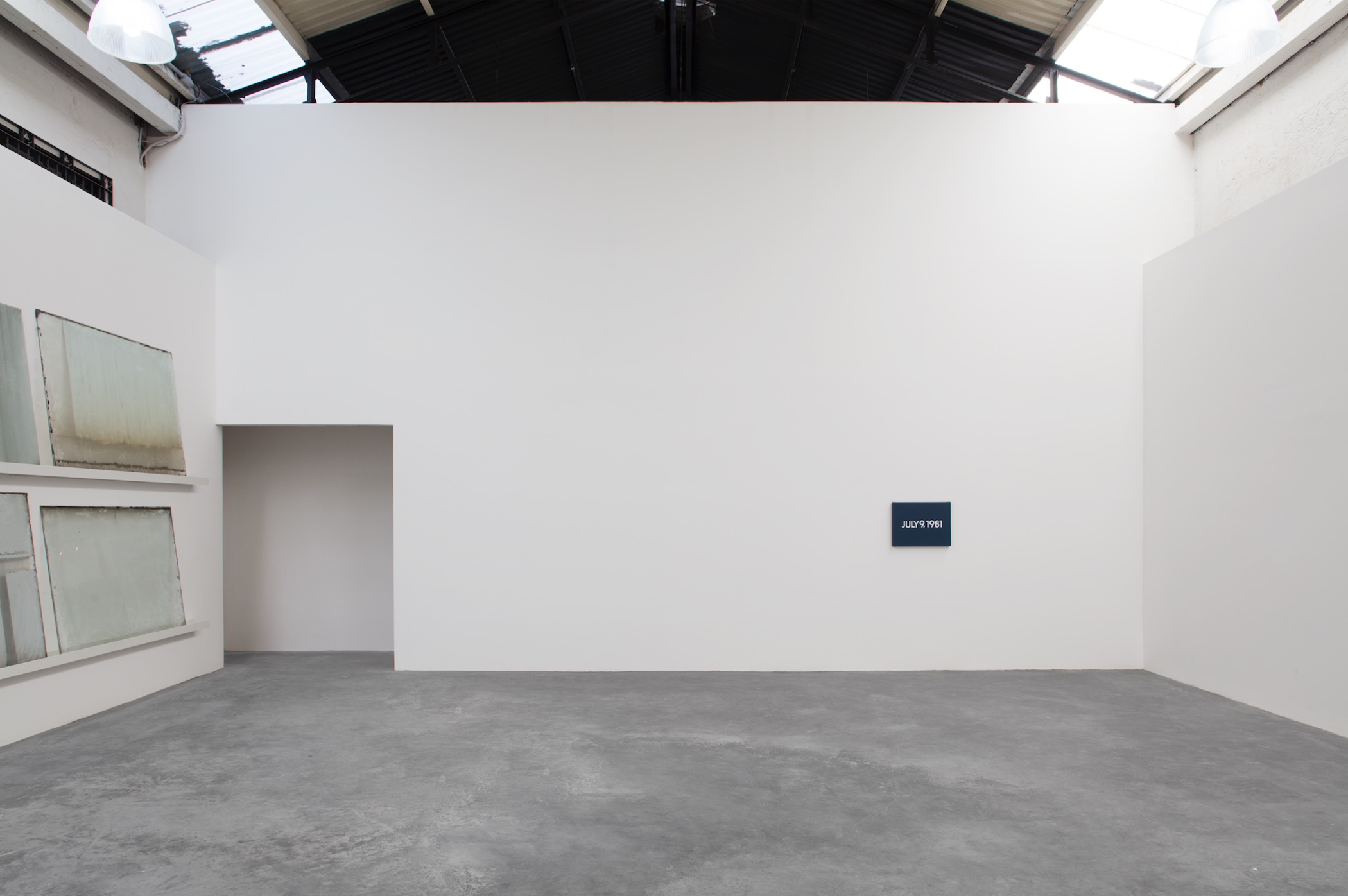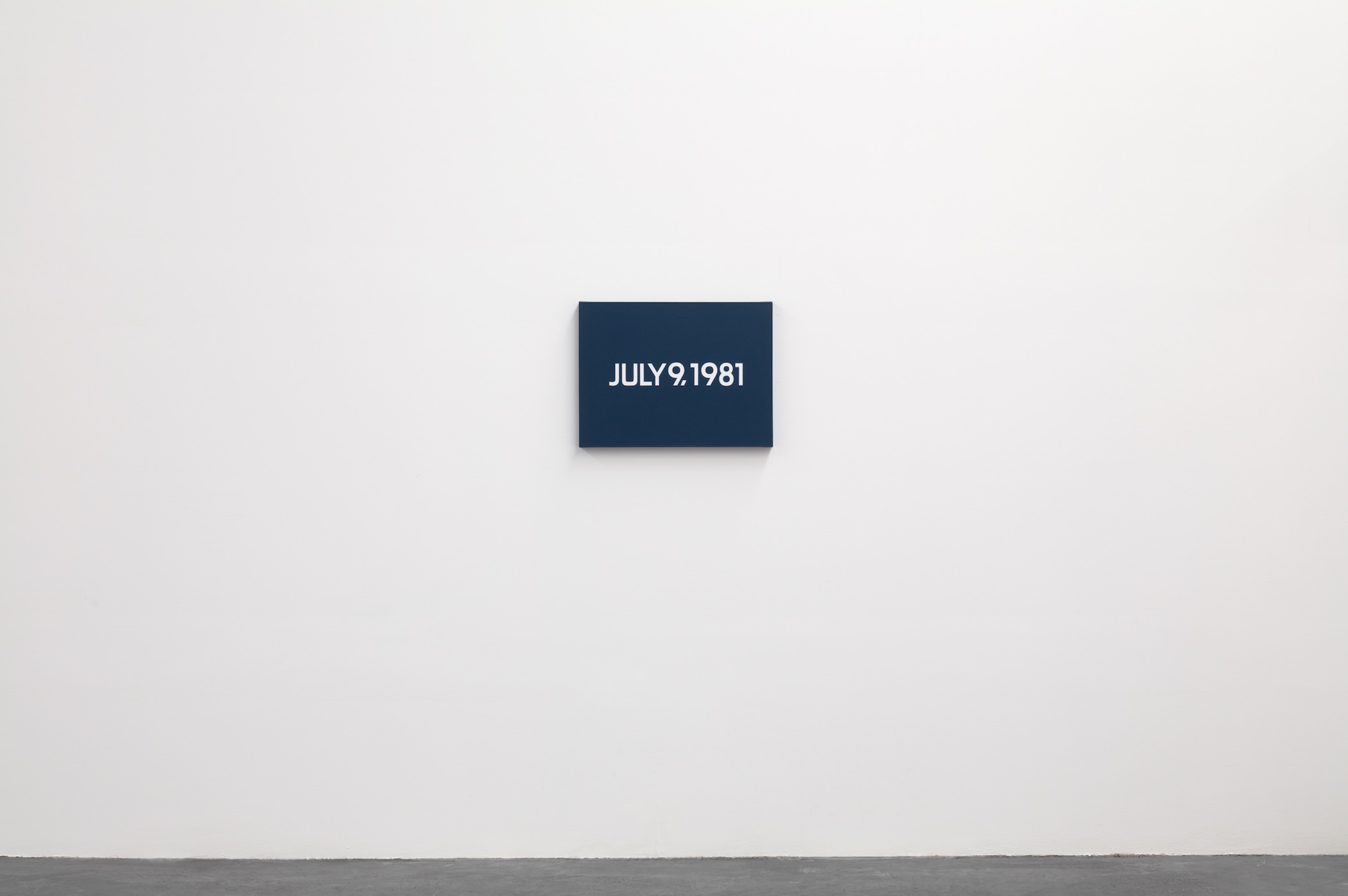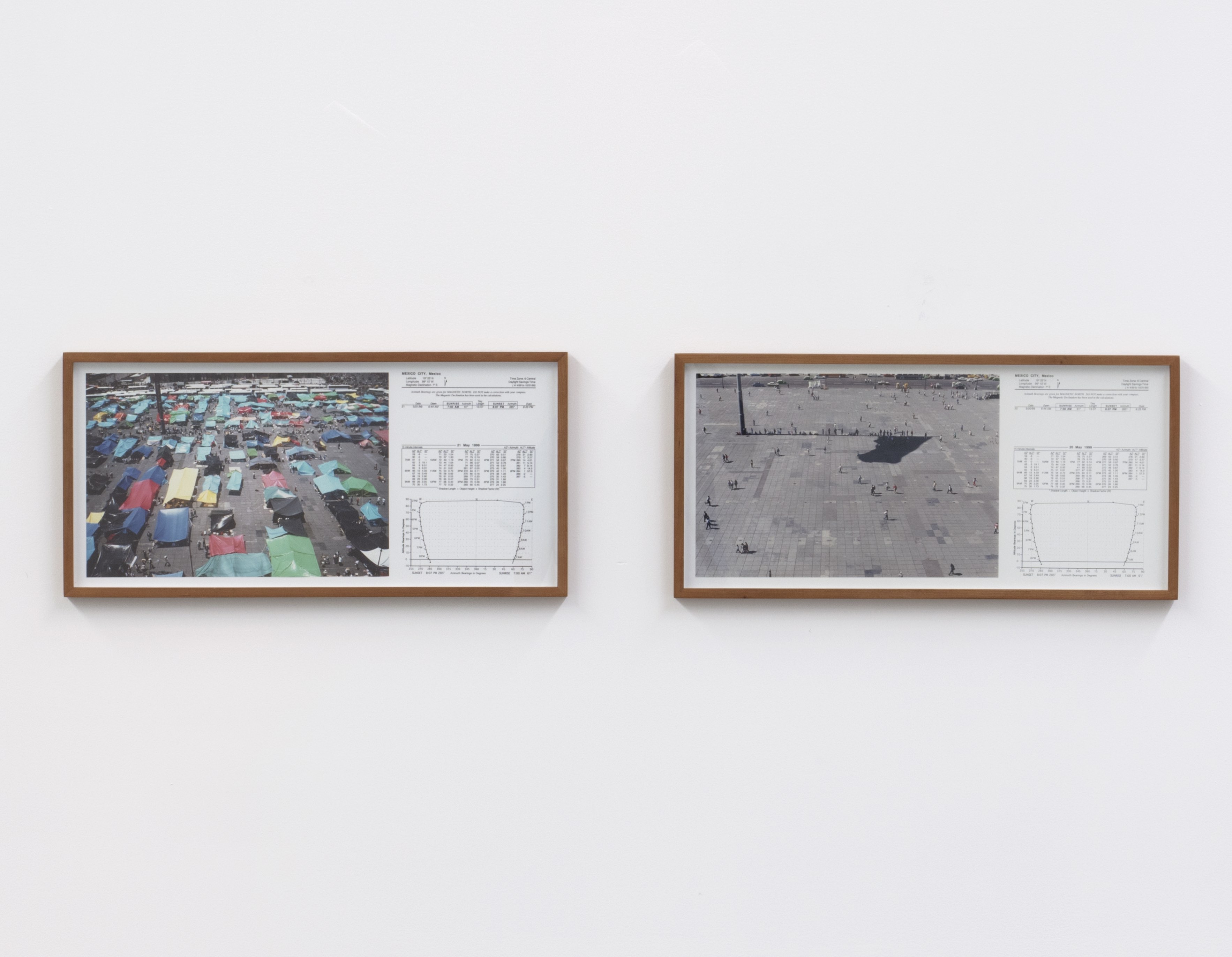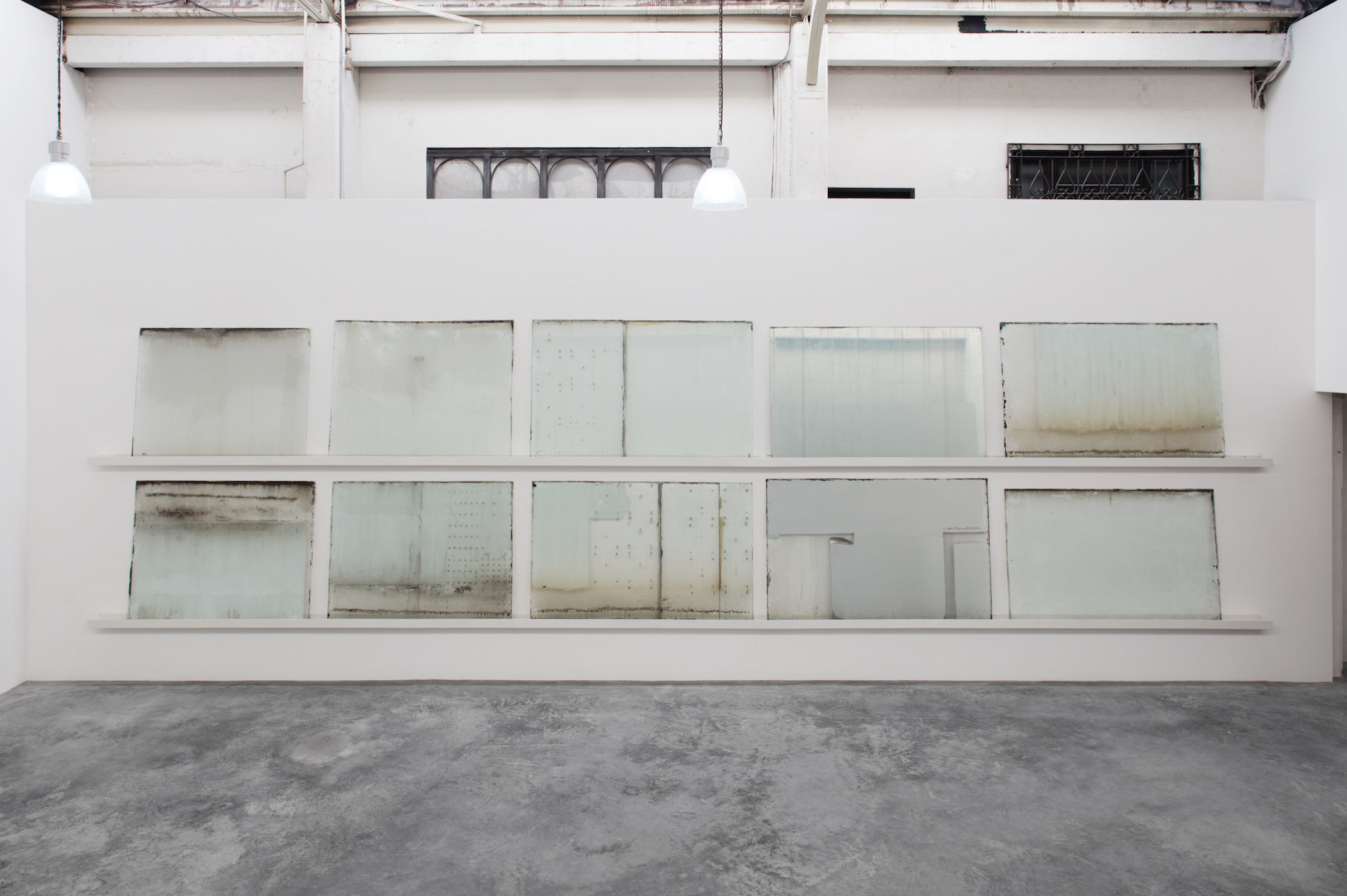
Review
Today: An Assembly of Times and Spaces at Nordenhake’s New Venue
by Sandra Sánchez
Reading time
5 min
Modernity has defined time as an internal experience—compared with space, which has been related to exteriority.*1 And it’s true that if I’m very bored the experience is eternal, whereas in the middle of an infatuation time simply flies. Nevertheless, a stark distinction between time and space would be impossible to sustain; they’re necessarily related, although they continually swap the role of protagonist. I think of extreme cases, such as the temporality of mystical experience; even there we encounter a space that is at once physical and imaginary, and furthermore inhabited by desires, ghosts, and expectations that give way to enlightenment. That is, all internal experience necessarily takes place in a specific space with material characteristics.
The local venue of Galería Nordenhake—which seeks to generate and set off dialogues between artistic productions across Europe and Latin America—unveiled a permanent exhibition space at the beginning of December, after two years in Mexico City without an established site. The responsibilities for design and remodeling were given to the architect Frida Escobedo, who reworked an old storage cellar in Calle de Monterrey, in Colonia Roma: "The initial purpose was to create a space that harbours the work, while giving a new drive to the preexistent structure. The main building lays framed between two small patios: the first one opens up to the street and extends an invitation to find a space for pause and silence, a remarkable contrast with the crowded avenue outside; the second one lightens up the main offices and the showroom."*2

The inaugural exhibition is titled Today. The direct reference is to the homonymous series by On Kawara, which began on January 4, 1966 and ended in 2013. It consists of paintings made with Liquitex on canvas, each one bearing the date on which it was made, placed in the center. The background is always one color; at first Kawara always used bright tones, later dark ones. The artist prepared a custom box for each painting, which he lined with a newspaper clipping, giving a clear indication of where it was carried out.
The immediate temptation is to link each painting with the news of the day. Although this indeed results when they’re exhibited alongside one another, the abstraction of the date also leaves room for all the stories, experiences, joys, and traumas that are impossible to gather together in a newspaper. Temporal updates in concrete spaces are impossible to archive, review, calculate, and chronicle. Hence the illusion that time is bigger than space. At Nordenhake we see white letters and numerals on a blue background, “July 9, 1981.” I wasn’t born yet—you?

Under the same premise two other pieces are exhibited. Sunpath (1999) by Francis Alÿs consists of 24 photos*3—each made up of an image, plus a map bearing the site’s spatial and temporal coordinates—taken at Mexico City’s Zócalo. In them one can see a line of people agglomerated within the confines of the long shadow projected from the Mexican flag and its mast. Together they bring to mind the hands of a clock. In the gallery we see two of them, one with a semi-empty plaza and the other much the same, only this time filled with tents: a space is never fixed—when one looks at it this results in an event carrying with it a series of human, animal, and meteorological forces that pass by and collide, sometimes without touching and other times producing important changes; spaces elapse as much as time does.
The triad is complete with El Otro (2018) by Frida Escobedo: "[…A]n installation composed of 21 pieces of glass extracted from the windows of a decayed building from the 70’s in the Colonia Juárez, whose materiality reveals traces of the multiple stories that they witnessed. It is in such a manner that the remnants of dirt, paint or adhered stickers on the glass surface, no longer diaphanous, function for the architect as an almost archaeological material that displays a narrative of the course of architectural modernity in Mexico."*4
Escobedo’s piece allows for reflection on the archive, specifically on how spaces are made of objects that accumulate, throughout their temporal course, those layers and information generally discarded in favor of the new and of change itself, but that in cases like El Otro go from being trash to being a document, one with purposes that are more aesthetic than epistemological. Looking at the glass panes is coming to a stop before time, not by the hands of a clock—as with Alÿs—but rather by the effects of wear that it inevitably produces.

The three works’ relevance lies in the distancing of the temporal as a concept, or as a metaphysics enveloping a totality without nuances. Here each time corresponds to a space and each space to a series of objects and historical and social relationships. The wonderful thing is that despite their specificity, the pieces do not dictate a lecture or a diagnosis; they are there for the viewer to see what they want—even their own reflection.
Until January 20. Schedule your appointment in advance here.
*1: See the “Transcendental Aesthetic” in Immanuel Kant’s Critique of Pure Reason.
*2: Press release for the exhibition Today at Galeria Nordenhake.
*3: See https://www.artsy.net/artist/francis-alys
*4: Press release for the exhibition Today at Galeria Nordenhake.
Published on December 23 2020